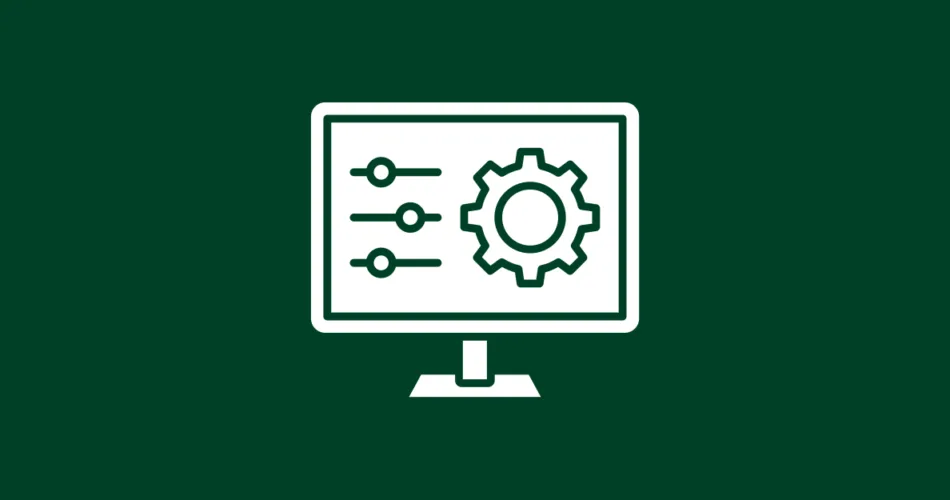When Java introduced the concept of interfaces, it brought about a way to define contracts for classes to implement. With the evolution of the language, Java 8 introduced default and static methods in interfaces, adding a new dimension to interface design. In this article, we will delve into the world of default and static methods in interfaces in Java, exploring their benefits, use cases, and how they impact the design of Java applications.
Default Methods
Default methods were introduced in Java 8 as a way to add new methods to interfaces without breaking existing implementations. Prior to this, adding a new method to an interface would require updating all implementing classes. With default methods, a method can have a default implementation in the interface itself.
public interface Shape {
double area();
default void display() {
System.out.println("Displaying shape");
}
}
In this example, the Shape interface has a default method display that provides a default implementation. Any class implementing the Shape interface can choose to override the default implementation or use it as is.
Default methods are particularly useful when extending interfaces. If a new method is added to an interface, classes that implement the interface without overriding the new method will inherit the default implementation.
Static Methods
Java 8 also introduced static methods for interfaces. Similar to static methods in classes, static methods in interfaces belong to the interface itself rather than any specific instance of it. You can invoke these methods using the interface name.
public interface MathOperations {
static int add(int a, int b) {
return a + b;
}
}
The MathOperations interface in the example above has a static method add. This method can be called directly using MathOperations.add(a, b) without creating an instance of the interface.
Static methods in interfaces are useful for grouping utility methods related to the interface’s functionality. They also provide a clean way to organize helper methods without cluttering the class hierarchy.
Use Cases
Default and static methods in interfaces offer several use cases that enhance the capabilities of Java programming:
- Backward Compatibility: Default methods allow adding new methods to interfaces without affecting existing implementations, ensuring backward compatibility.
- Method Grouping: Static methods provide a way to group utility methods related to an interface’s domain.
- Extending Interfaces: Default methods enable extending interfaces without breaking existing classes that implement them.
By using default and static methods, developers can write cleaner and more maintainable code that follows the principles of encapsulation and reusability.
Considerations
While default and static methods provide valuable capabilities, there are a few considerations to keep in mind:
- Method Ambiguity: If a class implements two interfaces that have conflicting default method implementations, the implementing class must provide its own implementation to resolve the ambiguity.
- Dependency Injection: Default methods cannot be overridden by dependency injection frameworks like Spring, as they are associated with the interface itself.
Developers should be aware of these considerations when designing interfaces and implementing classes.
Conclusion
Default and static methods have significantly expanded the possibilities of interface design in Java. They allow developers to add new behavior to interfaces, group related utility methods, and extend interfaces without causing breaking changes. By understanding the concepts of default and static methods, Java programmers can write more versatile and adaptable code.
As with any programming feature, it’s important to use default and static methods judiciously and in alignment with the principles of good design. By doing so, developers can harness the power of these features to create well-structured and maintainable Java applications.
Subscribe to our email newsletter to get the latest posts delivered right to your email.


Comments